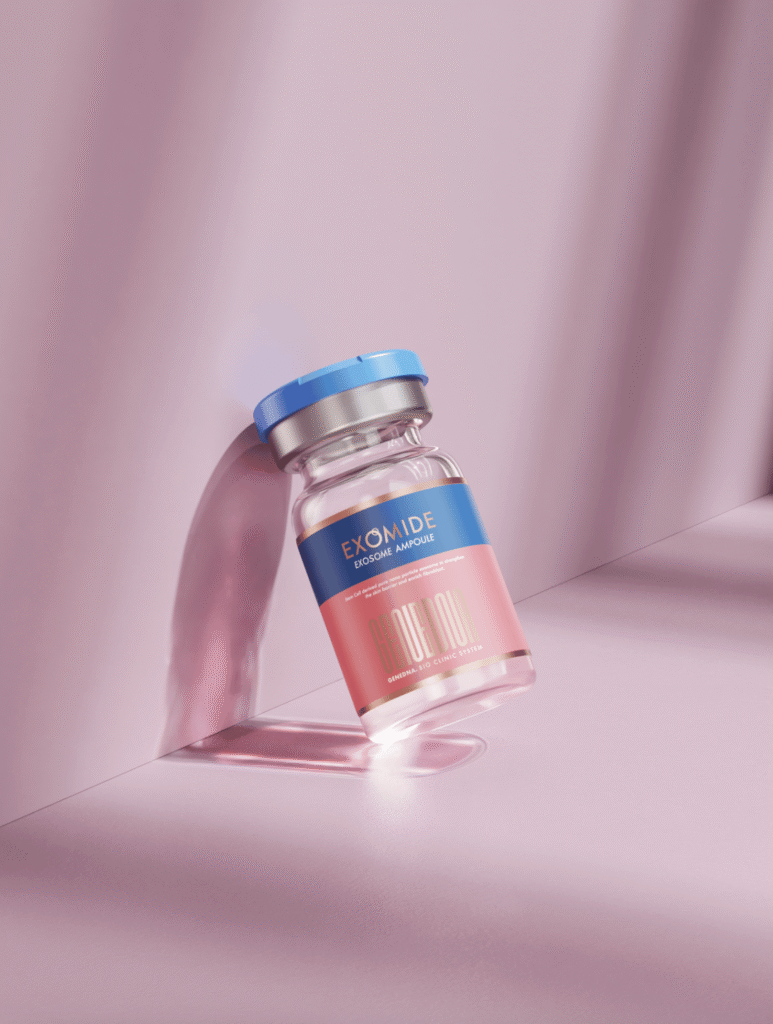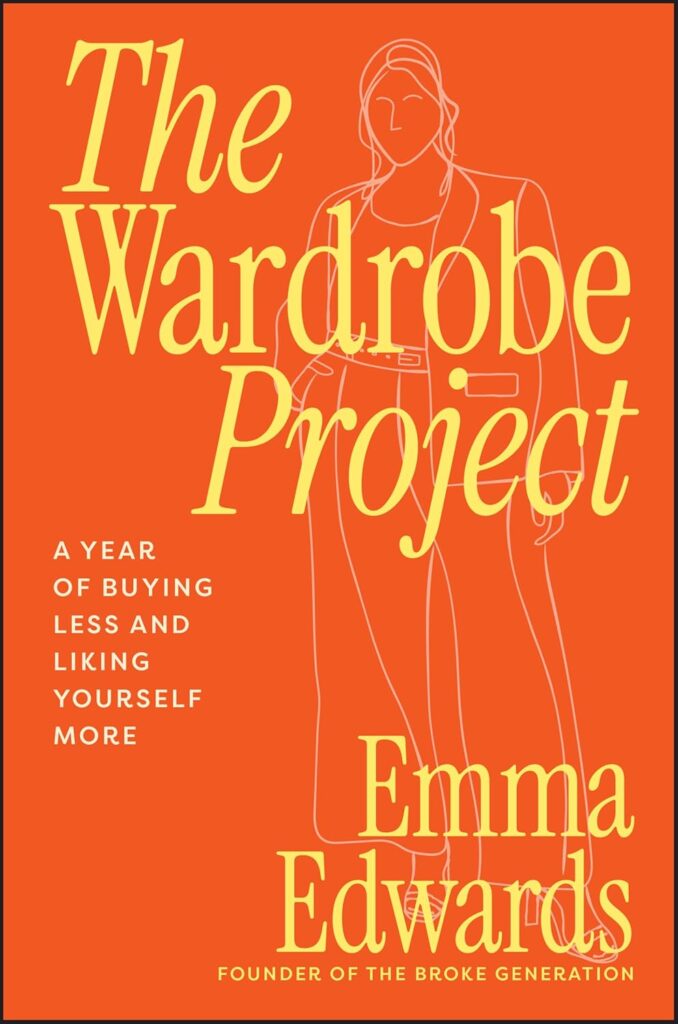As summer approaches, you’re likely eager to get out and enjoy the sun. And while we often remember to protect our face and body with sunscreen, the scalp is frequently overlooked, yet equally as vulnerable to sun damage. The good news is that with a few simple steps, you can prevent scalp sunburn and enjoy the summer without worry.
Slap on the scalp SPF
“People are usually quite good at remembering to apply sunscreen to their face these days, particularly as a lot of face moisturisers now come with SPF. What we’re less good at is reapplying sunscreen during the day and protecting other sun-exposed areas of our body, such as the scalp, ears, neck, shoulders and decolletage,” Dr Kirsty Wallace-Hor, a Specialist GP at Software, explains.
“We’re spoilt for choice these days when it comes to sunscreen options, and my patients often ask me what’s the best sunscreen to use. The short answer is one that they’re happy to use every day and one that’s easy to reapply.
“It’s best to use a sunscreen with SPF 50+, to apply it 20 minutes before going outdoors, and then reapply it every two hours after. If you get wet or sweaty, you should reapply it earlier.
“There are two types of sunscreens: chemical and physical (or mineral) sunscreens. Physical sunscreens contain zinc oxide and/or titanium oxide. People with sensitive skin (or with conditions like rosacea) sometimes find chemical sunscreens irritating and may benefit from trying a physical sunscreen. Sunscreen gels can also be a good lightweight option.”
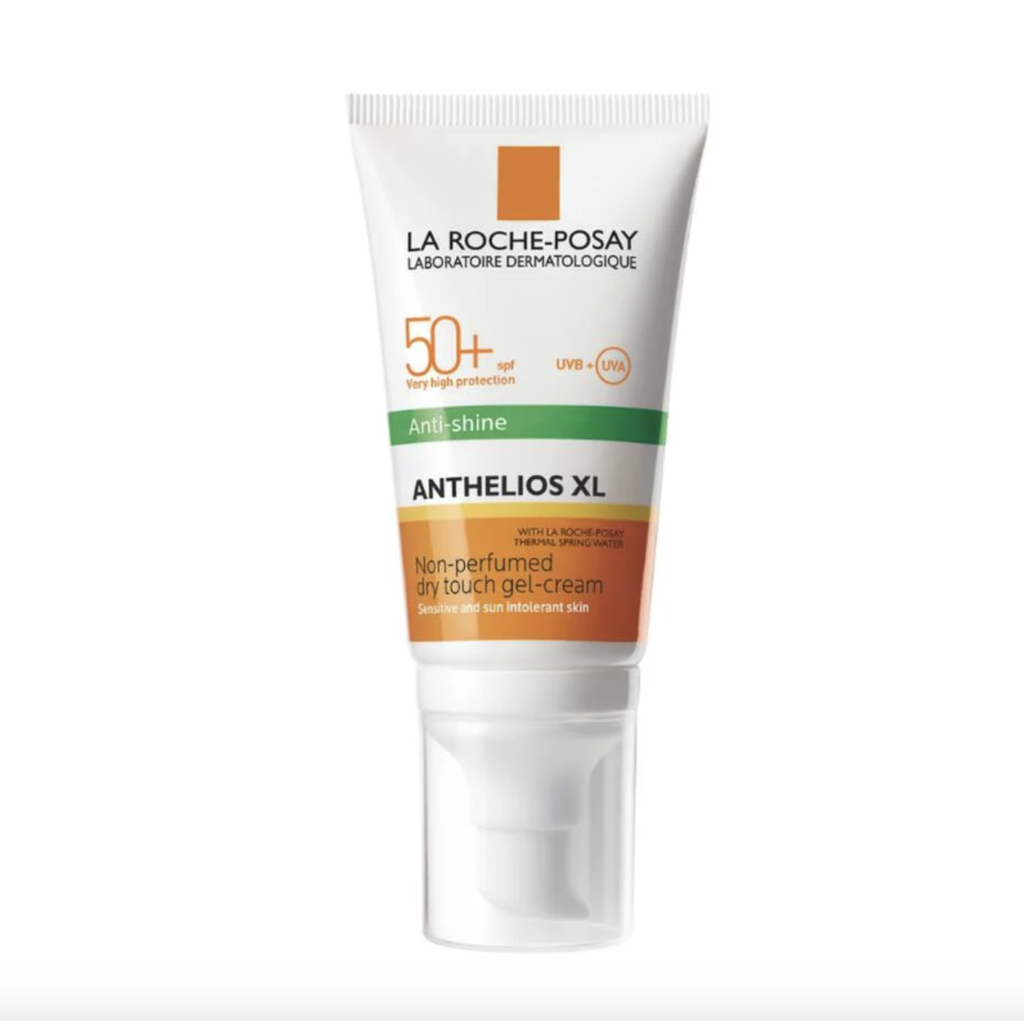
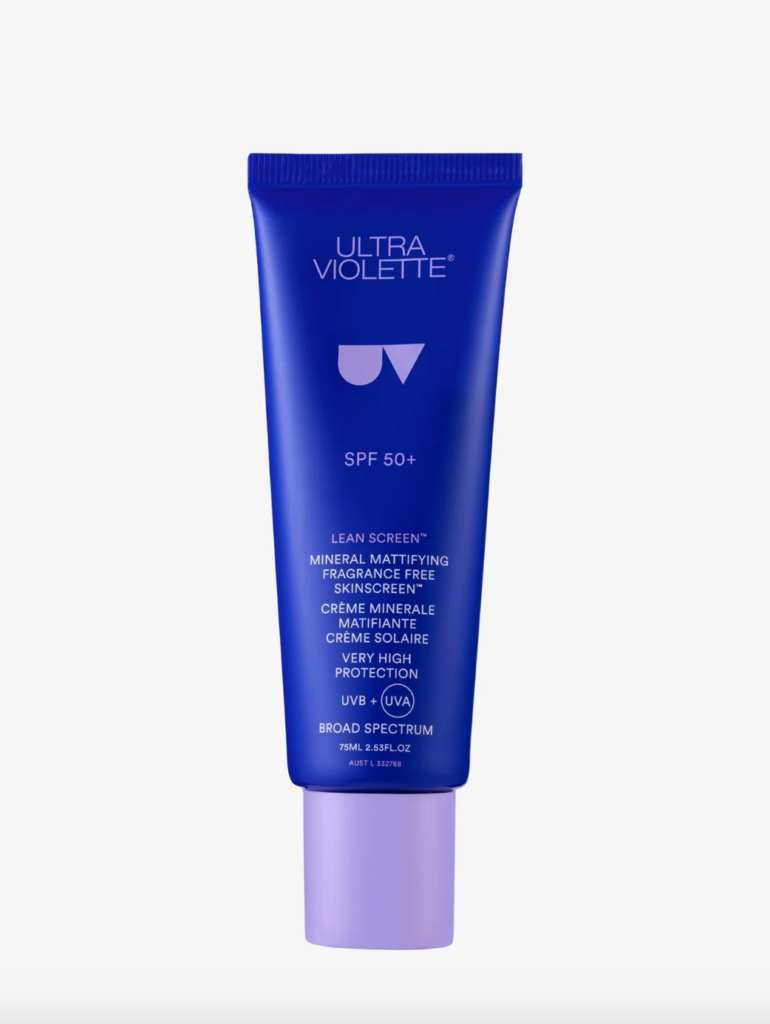
Don’t forget to wear a hat
Wearing a hat is another effective way to prevent sunburn, especially if you find it difficult to cover your scalp with sunscreen. We recommend wearing a wide-brimmed hat that will shield not only your scalp but also your face, neck and ears.
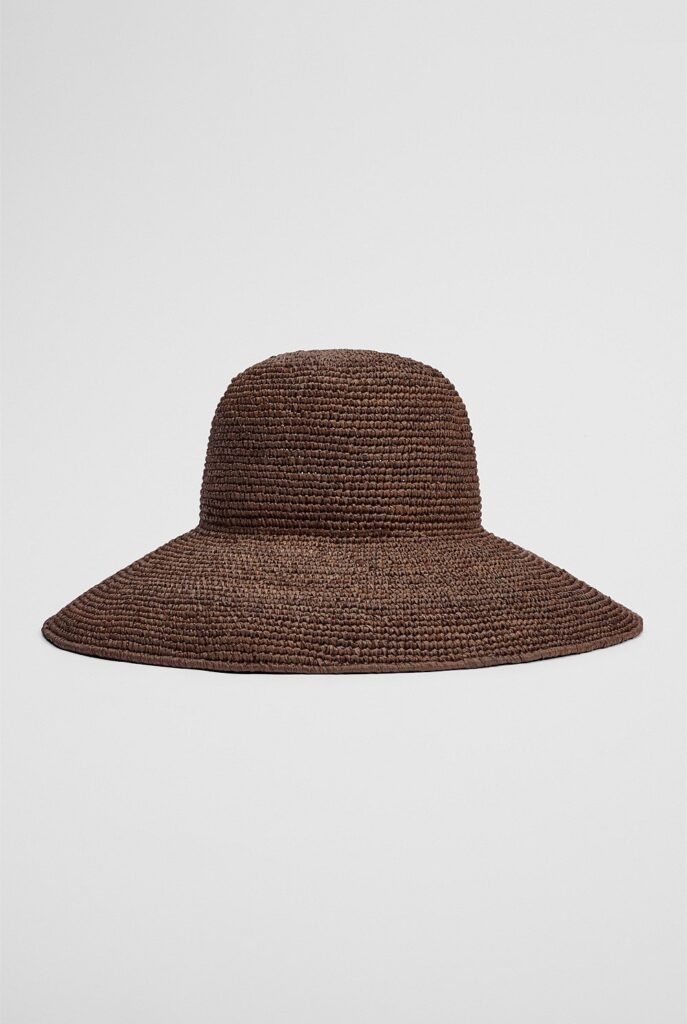
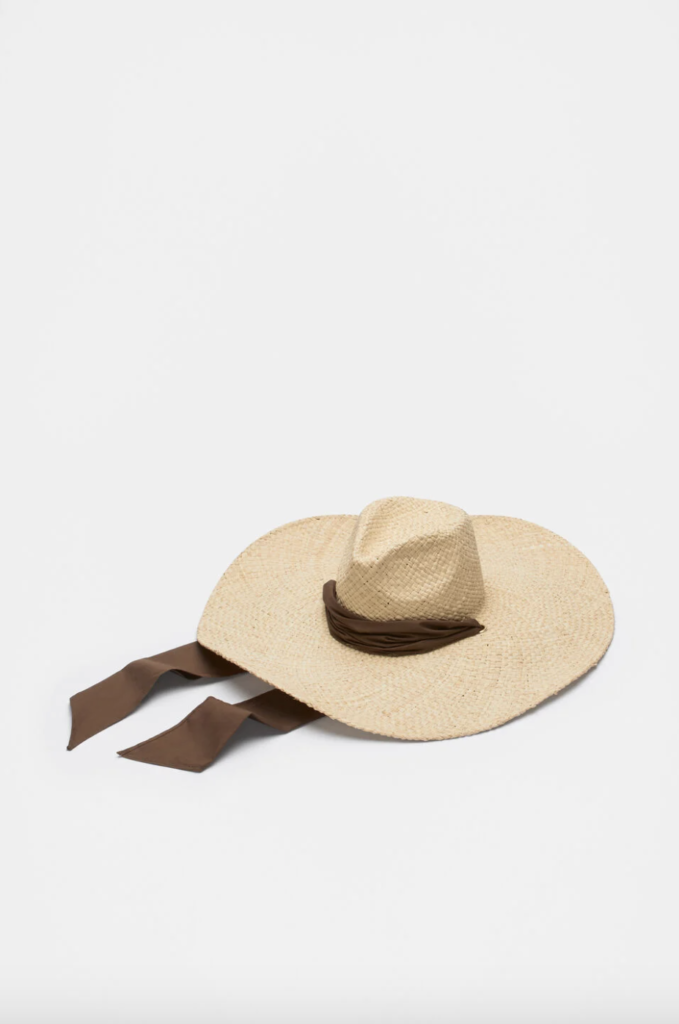
Protect your scalp – even on cloudy days
Just because it is cloudy outside doesn’t mean that the UV rays can’t cause damage to your skin. Wearing a hat or scalp sunscreen on cloudy days can prevent cumulative UV damage and, as a result, help to prevent sunburn, premature ageing and even skin cancer over time.
“You can easily find out the UV index and the riskiest hours for sun exposure each day using resources like the Bureau of Meteorology website or weather apps on your phone,” says Dr Wallace-Hor.
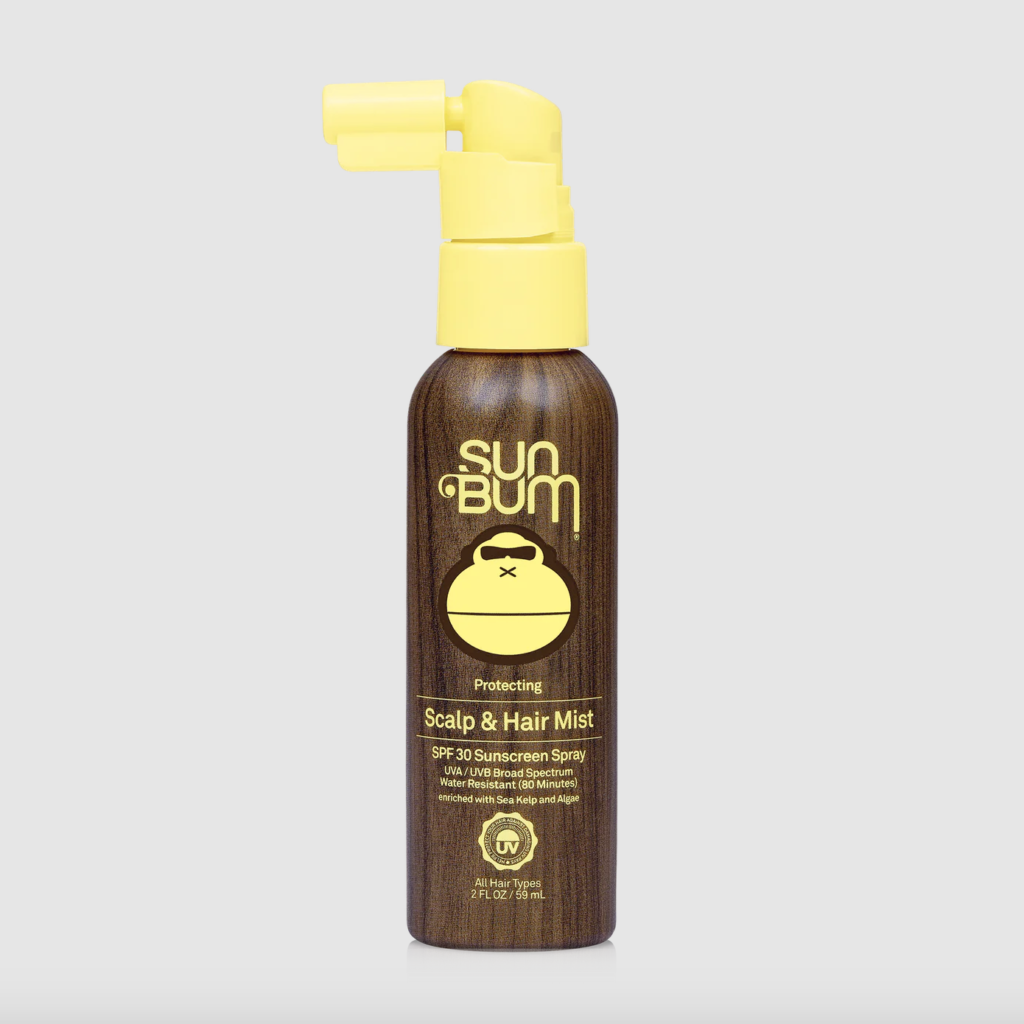
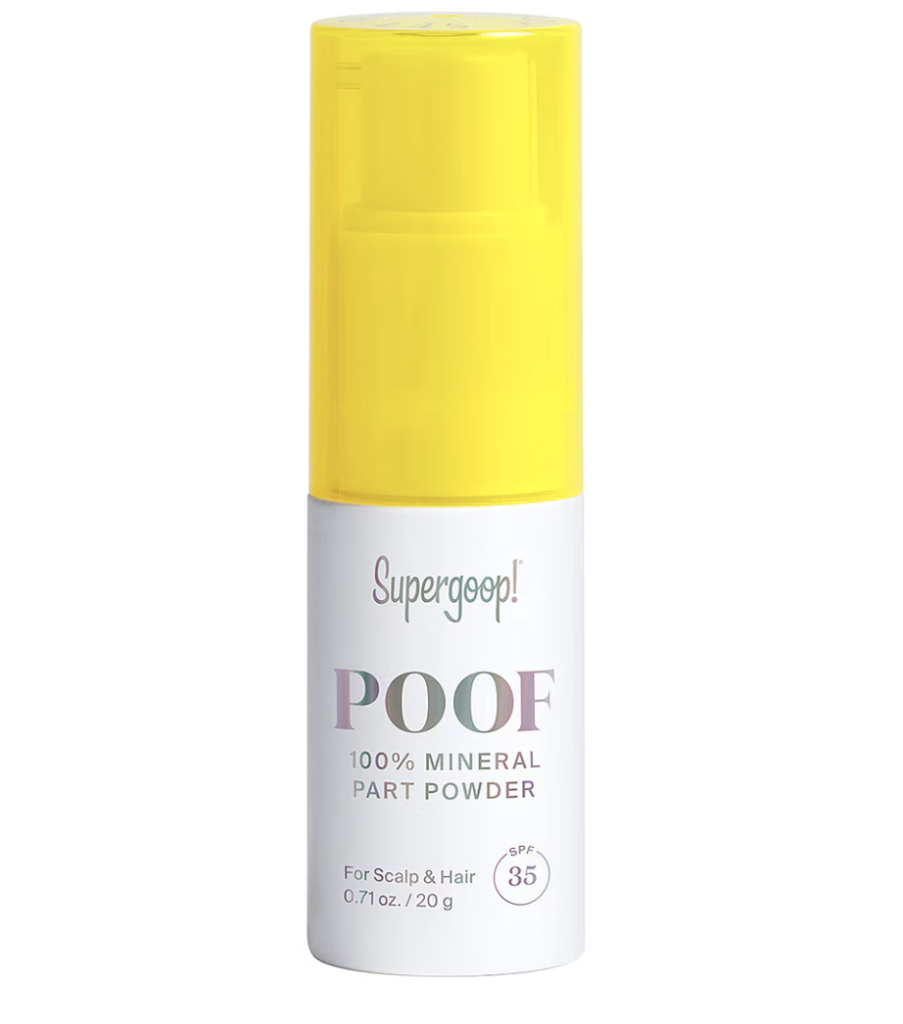
Treating a scalp sunburn
If you’ve experienced a scalp sunburn, these tips can help soothe the affected skin and promote faster healing:
- Apply a cool, damp cloth on the sunburned area for quick relief
- Gently apply aloe vera gel to promote healing
- Choose sulphate-free hair products to avoid drying the scalp
- Stay out of the sun until your scalp has healed
- Drink plenty of water
- If needed, take an over-the-counter pain reliever
Skin cancers remain the most common cancer in Australia, so we shouldn’t be complacent about preventing sunburn and damage to our skin. Check in with your GP if you’re worried about your skin cancer risk, or if you’re worried about any changes to your skin.
Read more of our Health & Wellness articles below.


